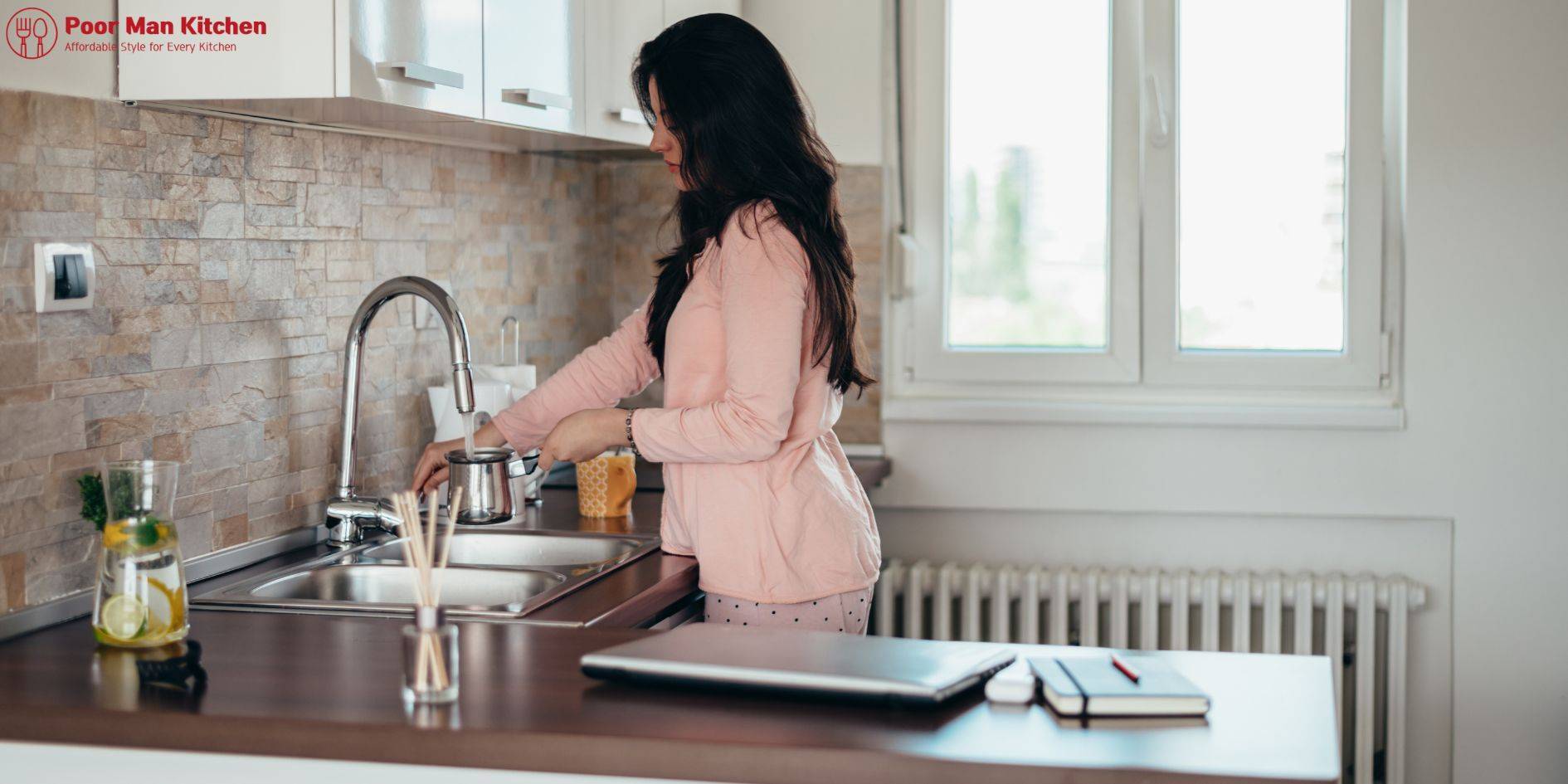Introduction
Kitchen Islands with Built-In Sinks, Cooking area islands have evolved significantly from being simple food-prep stations.
Today, they are the heart of the modern kitchen—a multifunctional center that combines prep areas, storage, and social interaction. And when you add a built-in sink to your cooking area island? It’s an entirely new level of benefit and style.
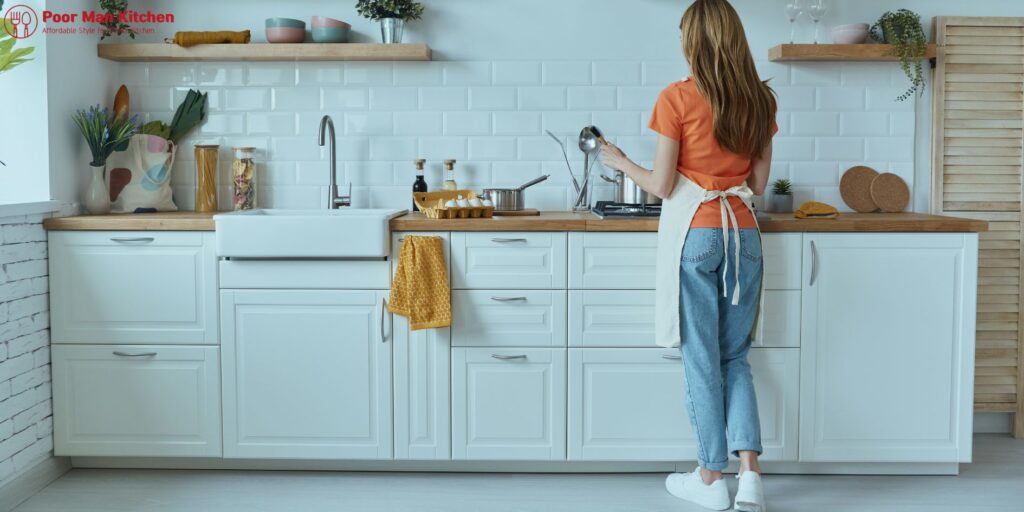
However, here’s the offer– installing a sink isn’t simply about plumbing and positioning. The material you pick for your countertop, base, and sink can make or break the entire design, performance, and life expectancy of your cooking area island. That’s why this guide walks you through the very best materials available for kitchen islands with sinks —helping you balance style, budget, maintenance, and durability.
Why Kitchen Islands with Sinks Are So Popular
Including a sink in a cooking area island does more than save you a journey across the space. It changes your kitchen into an efficient work area.
Multifunctional Design
From cleaning vegetables while chatting with guests to prepping meals while facing the household rather than the wall, kitchen island sinks boost usability.
Increased Resale Value
Property buyers love useful cooking area designs. Islands with sinks signal a modern-day, high-functioning kitchen– enhancing your resale potential.
Improved Workflow
This results in much faster, more efficient cooking.
Countertop Materials for Kitchen Islands with Sinks
Counter tops take the brunt of kitchen area activities. They need to be resilient, waterproof, heat-tolerant, and visually appealing. Here’s what works best:
1. Quartz: Stylish & Low-Maintenance
Quartz is a top competitor. Made from natural stone merged with resin, it offers the appearance of granite or marble without the headaches.
- Cons: Not heatproof; usage trivets
- Best For: Busy kitchens with high hygiene and style standards
- Pro Tip: Use light tones to make small kitchen areas look more roomy.
2. Granite: Elegant and resilient
Granite is a natural stone that exudes toughness and high-end style. Each piece is distinct, adding character to your space.
- Pros: Heat-resistant, scratch-resistant, offered in earthy tones
- Cons: Needs routine sealing; heavy
- Best For: Families who prepare often and desire a natural appearance
- Pro Tip: Go for honed or leather finishes to conceal fingerprints and water spots.

3. Marble: Classic Beauty with a Catch
Marble is the Chanel of kitchen countertops —undoubtedly stunning but demanding.
- Pros: Elegant veining, ageless charm
- Cons: Porous, spots quickly, etches with acidic foods
- Best For: Occasional cooks or house owners who focus on aesthetics
- Pro Tip: Use it in low-traffic islands or bar areas with sinks for washing, not sturdy cooking.
4. Butcher Block: Warm and Homey
Wood countertops offer a natural warmth and texture, making them perfect for rustic or farmhouse designs.
- Pros: Great for slicing, warm tone, DIY-friendly
- Cons: Susceptible to water damage and germs
- Best For: Islands used for prepping and casual dining
- Pro Tip: Apply mineral oil month-to-month and prevent prolonged direct water exposure around the sink.
5. Stainless Steel: Industrial & Practical
Stainless steel exudes a streamlined, commercial vibe. It’s simple to tidy and ultra-hygienic.
- Pros: Resistant to bacteria, simple to tidy, matches devices
- Cons: Shows fingerprints and scratches
- Best For: Modern or commercial cooking areas with heavy usage
- Pro Tip: Pair with bold cabinet colours to soften the cool appearance.
6. Concrete: Modern Minimalism
Concrete countertops can be formed into any shape or size and coloured in virtually any colour.
- Pros: Customizable, heat-resistant, edgy look
- Cons: Heavy, might split over time, needs sealing
- Best For: Urban or minimalist interiors
- Pro Tip: Add glass or shell inlays for a creative style.
Base Materials for Kitchen Islands
Your countertop rests on the base, so both strength and water resistance are important considerations here.
1. Wood: Timeless and Strong
Solid hardwood bases, such as maple, hickory, or oak, last for decades.
- Pros: Durable, simple to sand and repaint, adds luxury
- Cons: Expensive, can swell in moisture
- Best For: Traditional cooking areas with a high-end finish
- Pro Tip: Add toe kicks and water shields near the sink area.
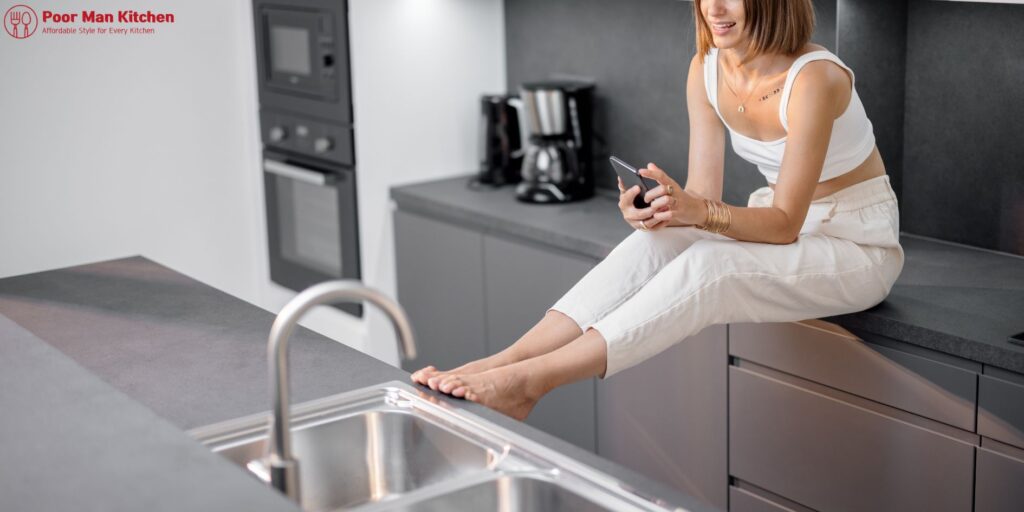
2. Plywood: Budget-Friendly and Reliable
Premium plywood offers excellent value and strength.
- Pros: Affordable, steady, simple to personalize
- Cons: Vulnerable to water without proper sealing
- Pro Tip: Use marine-grade plywood near water zones.
3. MDF (Medium Density Fiberboard): Vulnerable but smooth
MDF is loved for its smooth paint-ready surface.
- Pros: Budget-friendly, smooth surface
- Best For: Painted island bases far from direct sink splash
- Pro Tip: Add high-gloss, resistant paint for much better security.
4. Metal Base Frames: Sleek and Contemporary
Steel or aluminium frames can support heavy tops and healthy, smooth designs.
- Pros: Rust-resistant when coated, minimalist, space-saving
- Cons: Can look cold without wood accents
- Best For: Industrial or Scandinavian kitchen areas
- Pro Tip: Add floating wooden racks to warm up the metal appearance.
Sink Materials That Complement Island Designs
Your sink isn’t simply a utility feature — it’s a visual anchor in the island.
1. Stainless Steel Sinks: Best All-Rounder
These are kitchen MVPs. From single to double bowls, they do it all.
- Pros: Affordable, long-lasting, light-weight, easy to clean
- Cons: Prone to damage and water spots
- Pro Tip: Choose sound-insulated models to reduce noise.
2. Fireclay Sinks: Traditional and captivating
Made from clay fired at high temperatures, these sinks are as strong as they are pretty.
- Pros: Scratch-resistant, glossy surface
- Cons: Heavy, requires strong cabinet support
- Pro Tip: Ideal for apron-front (farmhouse-style) islands.
3. Composite Granite Sinks: Bold and long-lasting
These are a mix of crushed stone and resin– strong, elegant, and stain-resistant.
- Pros: Heat-resistant, scratch-resistant, strong matte colours
- Cons: Heavier than stainless steel, pricier
- Pro Tip: Go dark or black and grey for a high-contrast modern touch.
4. Copper Sinks: A Touch of Rustic Luxury
Copper modifications colour gradually (patina), adding a lived-in, rustic appeal.
- Pros: Naturally antimicrobial, special look
- Cons: Needs routine polishing to keep its shine
- Pro Tip: Use as a focal point in vintage or boho cooking areas.
Material Combinations That Work Best
Contrasting vs. Matching Sink and Counter Materials
Some people enjoy consistency, such as a quartz sink paired with a quartz countertop. Matching: Seamless, streamlined, minimal
- Contrasting: Eye-catching, dynamic, personal
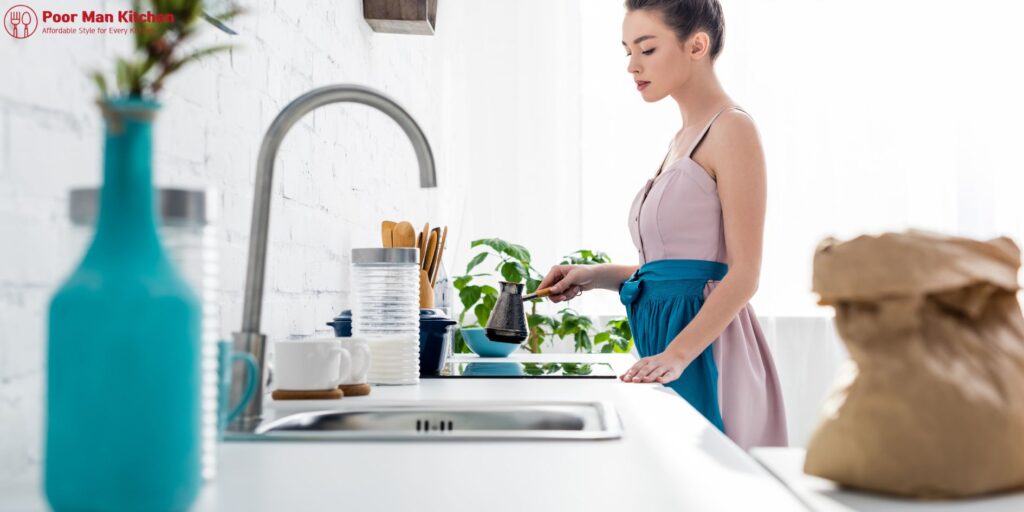
Smart Combos to Try:
- Quartz + Stainless Steel: Clean and simple to preserve
- Butcher Block + Fireclay: Cozy and lovely
- Concrete + Granite Composite: Tough and stylish
- Marble + Copper: Elegant fulfils artisan
Upkeep & Durability
How Moisture Affects Materials
Wetness is inescapable around sinks.
- Best for wetness: Quartz, granite, stainless steel
- Needs protection: Butcher block, MDF, plywood
Resistance to Tear & wear
- Scratch-resistant: Granite, composite, fireclay
- Stain-resistant: Quartz, stainless steel
- Heat-resistant: Granite, concrete, composite sinks
Quick Maintenance Tips
- Use cutting boards– not the countertop
- Wipe spills right away
- Seal permeable materials annually
- Avoid harsh cleaners on natural stone or copper
- Use sink grids to prevent damage
Budget vs. Quality
- Budget choice: Plywood base + stainless sink + laminate or butcher block top
- Mid-range: Plywood base + granite composite sink + quartz top
- Premium: Hardwood base + copper sink + marble or granite top
If you’re conserving somewhere else, constantly focus on water-resistant finishes in sink zones– even.
Eco-Friendly Material Options
Recycled Wood and Stone
- Use reclaimed barn wood or salvaged stone slabs
- Packed and eco-friendly with character
Sustainable Surfaces
- PaperStone: Made from recycled paper and resin
- Bamboo Butcher Block: Fast-growing, renewable
- Recycled Glass Countertops: Beautiful and vibrant
Specialist Tips on Choosing the Right Material
1. Prioritise Function Over Style (initially).
Select materials that withstand spills, splashes, and heat.
2. Stabilize the Palette.
Use texture and tone combinations to soften or stimulate your area.
3. Don’t Forget Plumbing Access.
Select a base that allows for easy access to pipes for future repair work.
4. Test Before You Commit.
Order samples of countertops and sinks. Put water. Leave the lemon juice overnight. See how they respond.
Conclusion.
A cooking island with a built-in sink isn’t just practical—it’s a focal point of the kitchen. Selecting the best products ensures they remain both stunning and useful for years to come. Whether you’re designing a chef-style cooking area or a cozy Family area, choosing the perfect combination of sink, base, and countertop products is essential to success.
Go strong, go durable, and opt for a lifestyle that suits you. Because your kitchen area is worthy of more than “simply sufficient”– it is worthy of wise, stylish, and long-lasting choices.
Frequently asked questions.
1. What is the most resilient product for a kitchen island with a sink?
Quartz or granite for the countertop, stainless steel for the sink, and wood or marine-grade plywood for the base are the most resilient choices.
2. Can I install a sink in a wooden kitchen island?
Yes, as long as the wood is sealed correctly and you use waterproof surfaces to safeguard against wetness damage.
3. Are marble counter tops a great choice for islands with sinks?
Suppose you’re alright with regular maintenance only. They’re sophisticated, but they need frequent sealing and care.
4. Which materials require the least maintenance?
Quartz and stainless steel are the easiest to maintain, as they are resistant to scratches, bacteria, and discolorations.
5. Is it all right to blend various products for the island top and sink?
Absolutely! Mixing products can boost both visual appeal and functionality.
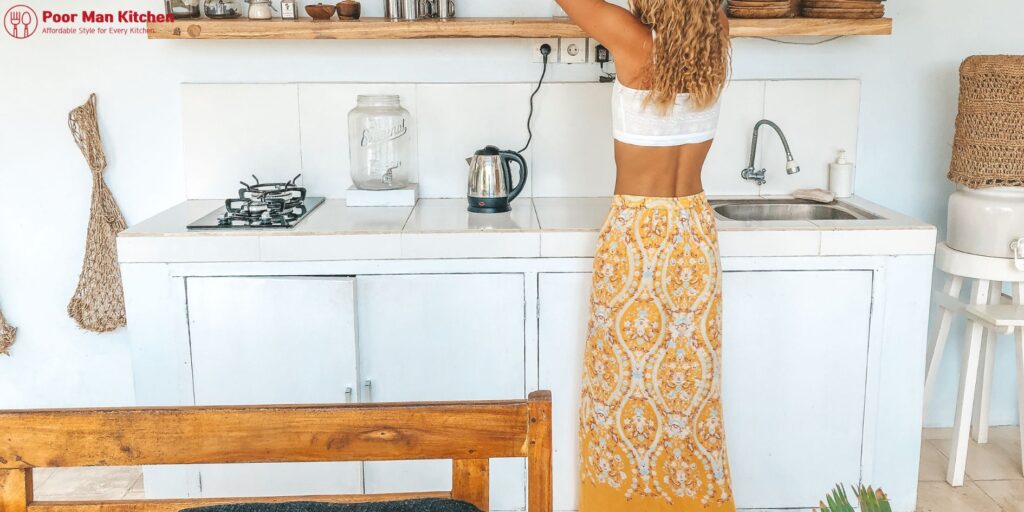
And when you include an integrated sink to your cooking area island? The product you select for your countertop, base, and sink can significantly impact the overall design, functionality, and lifespan of your kitchen island. That’s why this guide walks you through the finest materials available for kitchen islands with sinks, helping you balance visual appeal, durability, budget, and maintenance.
A cooking area island with an integrated sink isn’t just functional—it’s a centerpiece. Whether you’re designing a comfortable Family Kitchen or a chef-style kitchen area, selecting the perfect mix of sink, base, and countertop materials is crucial to success.

